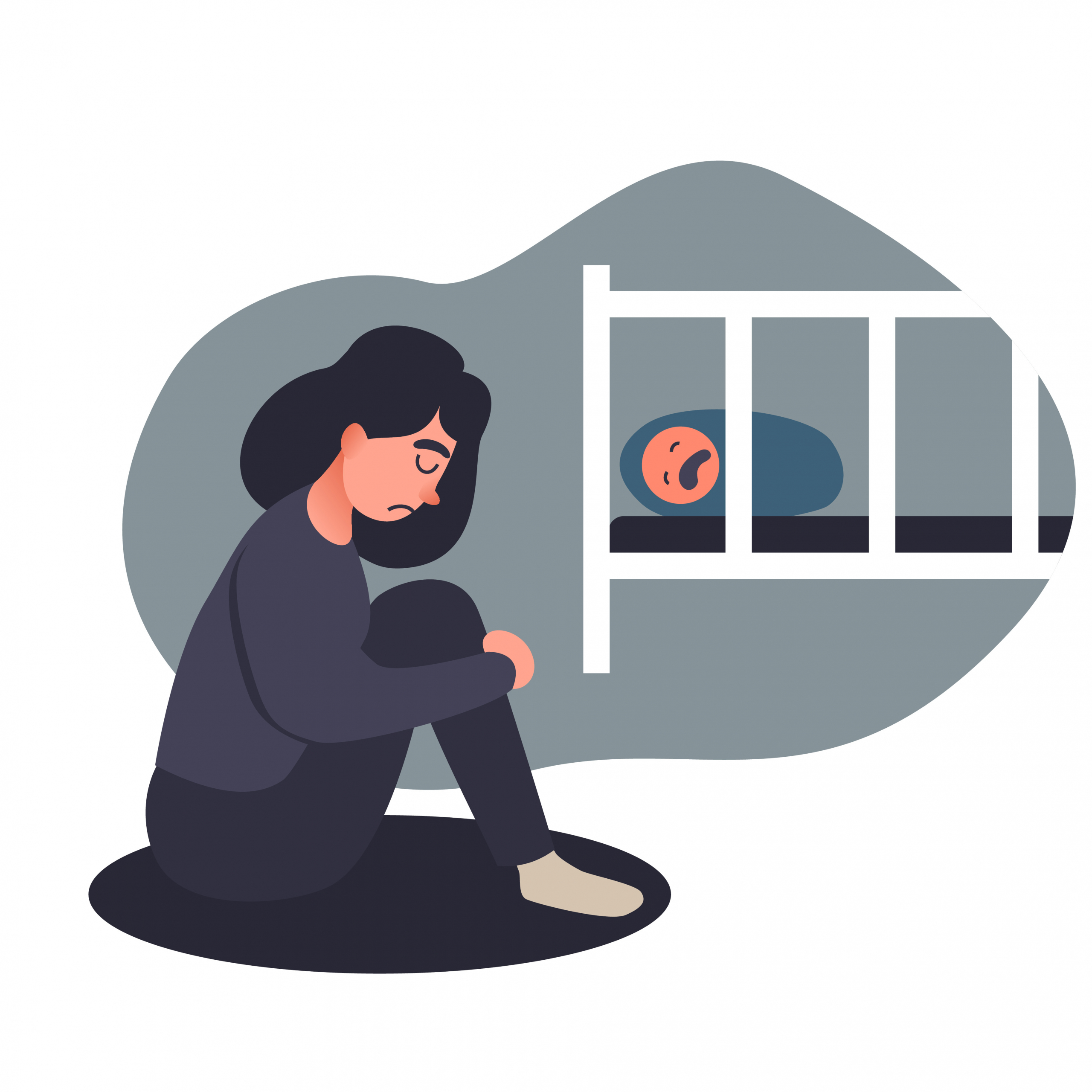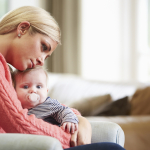Suicide is a leading cause of maternal mortality in the United States. According to a 2017 study from California, drug-related deaths (3.68 per 100,000 person-years) and suicides (1.42 per 100,000 person-years) accounted for nearly 20% of all maternal deaths. In a recent study published in JAMA Psychiatry, researchers observe that the prevalence of suicidal ideation and intentional self-harm in pregnant and postpartum women appears to be on the rise.
In this serial cross-sectional study, Admon and colleagues analyzed data of 595,237 childbearing women 15 to 44 years of age who were enrolled in a commercial health insurance plan in the U.S. between 2006 and 2017. ICD-9 and ICD-10 codes were used to identify suicidality in women during the period of one year before to one year after birth.
A total of 2683 individuals were diagnosed with suicidality one year before or after giving birth for a total of 2714 diagnoses. The prevalence of suicidal ideation increased from 0.1% in 2006 to 0.5% in 2017 (difference, 0.4%; P < .001). The prevalence of intentional self-harm increased from 0.1% in 2006 to 0.2% in 2017 (difference, 0.1%; P < .001).
Reports of suicidality in women with diagnoses of depression or anxiety increased from 1.2% in 2006 to 2.6% in 2017 (difference, 1.4%; P < .001). Reports of suicidality in women with diagnoses of bipolar or psychotic disorders increased from 6.9% in 2006 to 16.9% in 2017 (difference, 10.1%; P < .001). Larger increases in suicidality over the study period were observed in non-Hispanic Black individuals, those with lower income, and in younger individuals.
So What Does This Study Signify?
Analyzing data from ICD-9 and ICD-10 codes derived from the medical records of 595,237 childbearing women 15 to 44 years of age, researchers observed that, during the time period extending from one year before to one year after childbirth, the prevalence of suicidality (defined as suicidal ideation or intentional self-harm) has increased from 0.2% in 2006 to 0.6% in 2017 (difference, 0.4%; P < .001).
There are several ways to interpret this study. This study may, in fact, indicate that the prevalence of suicidal ideation and intentional self-harm is on the rise among perinatal women, a finding which parallels other studies observing increasing rates of suicide among Americans, particularly women.
However, this study relies on ICD codes documented in the medical record to identify women who report suicidal ideation or intentional self-harm. In 2006, universal screening for perinatal depression was not widespread; thus, reports of suicidal ideation were either reported voluntarily or identified as part of the medical evaluation. Thus, the increase we see in reports of suicidality may reflect increased screening and greater awareness among patients and providers across this period of time, rather than an increase in the prevalence of suicidality.
I suspect that the numbers reported in this study probably underestimate the prevalence of suicidal ideation. For example, in a 2014 study, where 22,118 women completed the Edinburgh Postnatal Depression Scale (EPDS) at 24-28 weeks of gestation and at 6 weeks postpartum, 3.8% of the women endorsed suicidal ideation.
While this study may not be able to tell us whether suicidality is on the rise or whether we are just getting better at identifying the problem, it does highlight the vulnerability of this population with regard to mental illness. While suicidal ideation does not necessarily lead to self-harm, it signifies significant psychiatric illness in this population. In 2017, suicidality was reported in 2.6% of women diagnosed with depression or anxiety and an alarming 16.9% of women with bipolar and psychotic disorders. Given that this study most likely underestimates the prevalence of suicidality, this is certainly cause for concern.
Ruta Nonacs, MD PhD
Admon LK, Dalton VK, Kolenic GE, Ettner SL, Tilea A, Haffajee RL, Brownlee RM, Zochowski MK, Tabb KM, Muzik M, Zivin K. Trends in Suicidality 1 Year Before and After Birth Among Commercially Insured Childbearing Individuals in the United States, 2006-2017. JAMA Psychiatry. 2020 Nov 18.








Leave A Comment